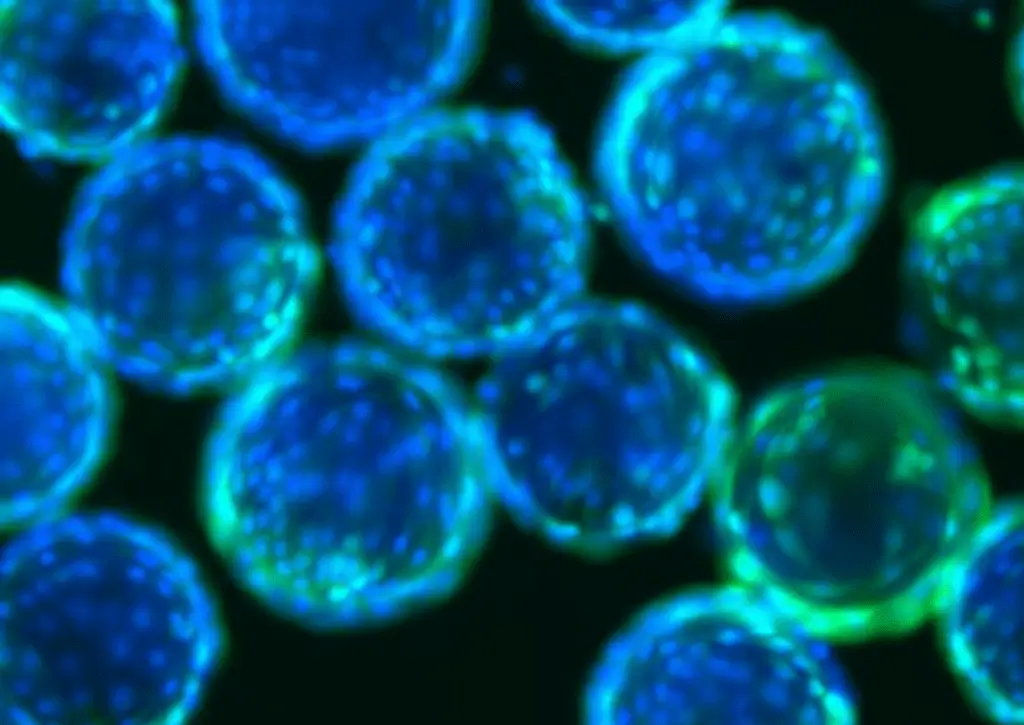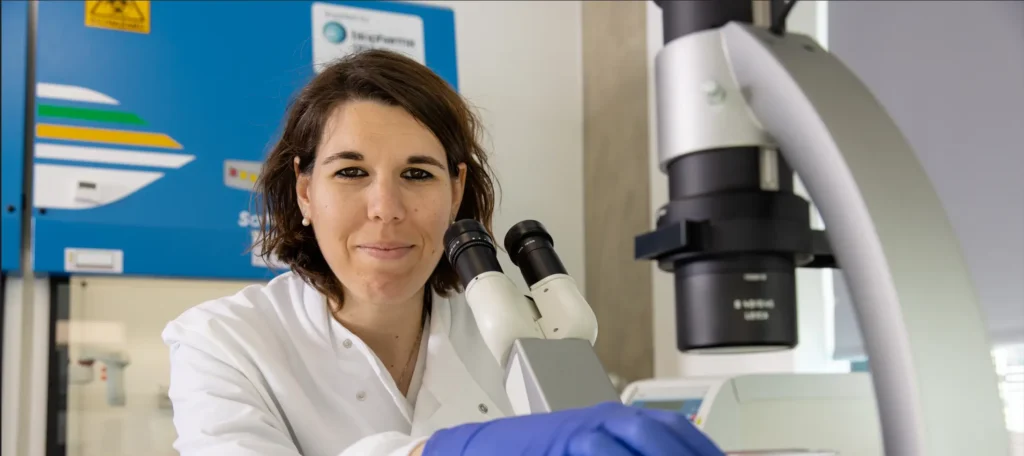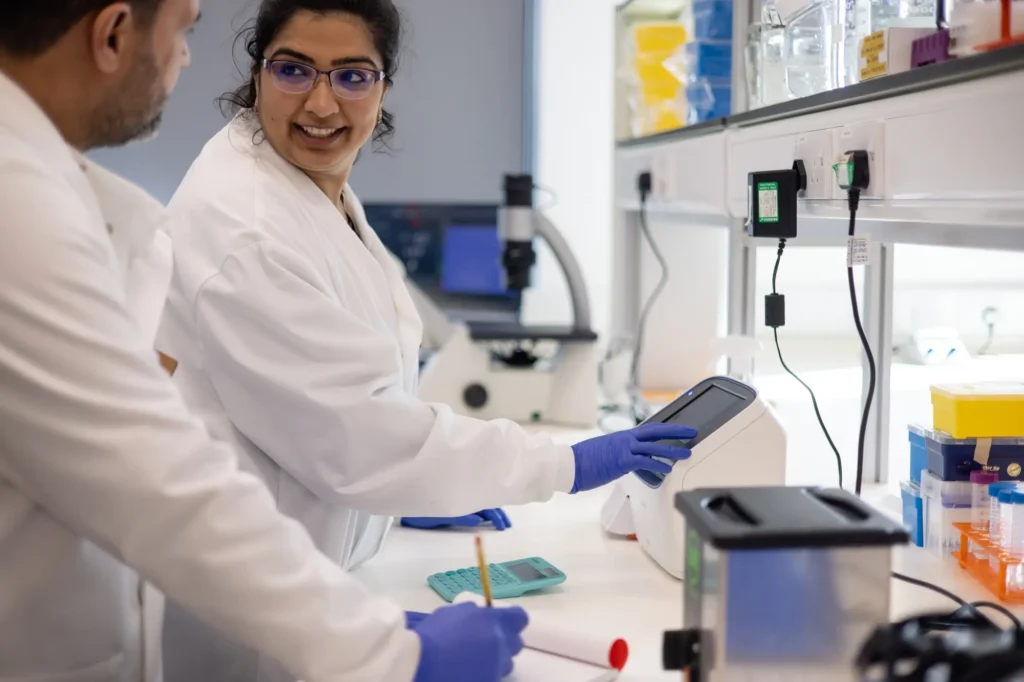Here’s why we are still “attached” to adherent cells
Except for hematopoietic-derived cells, most cells isolated from animals are naturally adherent. In vivo, adherent cells interact with their surrounding environment and with each other in order to remain viable and exercise their specific function. Indeed, the intracellular signalling cascades that influence the cells’ morphology, growth, phenotype and final fate are governed by the cells’ …
Here’s why we are still “attached” to adherent cells Read More »




